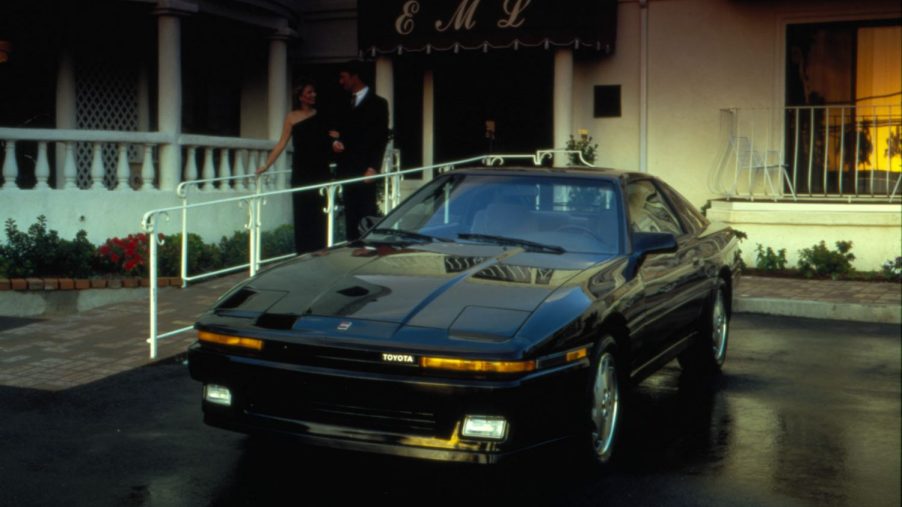
The 5 Supra Generations: What Sets Them Apart?
The other day at our local Cars and Coffee, a 1979 (or so) Toyota Celica coupe showed up. All of the guys who are into vintage Japanese sports cars rushed over, yelling, “An original Supra!” While, technically, it was just a Celica with a tarted-up six-cylinder engine, they weren’t wrong. The car was called the Celica Supra. Toyota never knew those extra five letters that would come to define every “Fast and Furious” movie, and live in the hearts of enthusiasts for years.
But, it got me thinking about the seven supra generations. Since 1978, all Supras have had a couple things in common: they’re two-door coupes, they’re Toyota’s top performance car, they have a touch of class, and they’re always cool. Toyota says that Supra is simply a prefix meaning “To surpass or go beyond,” and for five generations, it has.
The First Supra Generation: 1979 to 1981
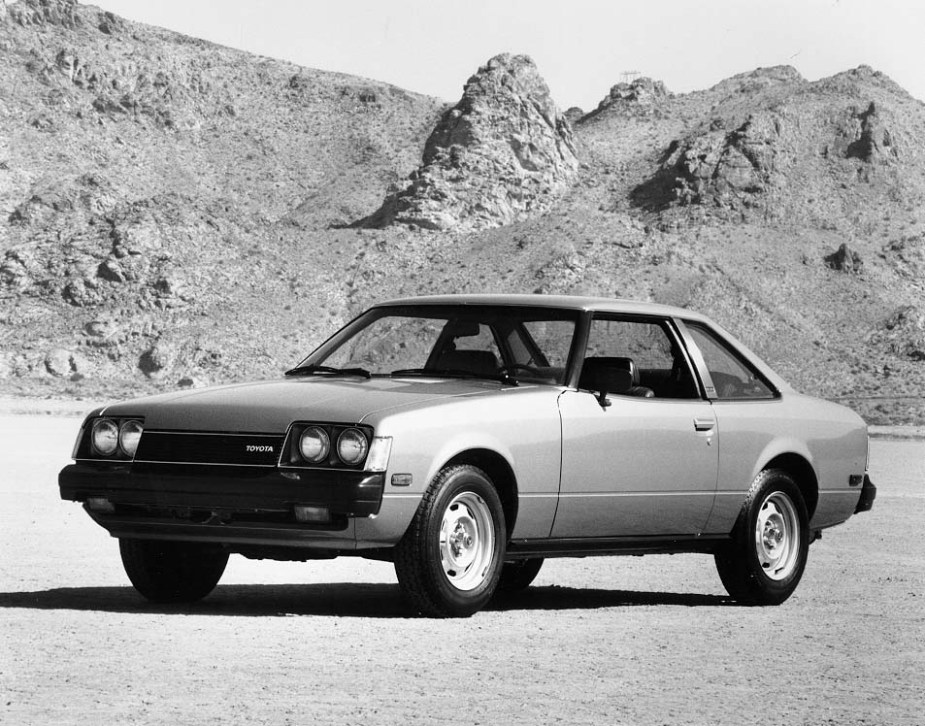
The first Supra was a humble little thing that we can’t call pretty. It’s a car of its era, and it certainly screams late 1970s style with its big back glass that looks lifted from a Porsche 924. It was called the Celica Supra here, and in Japan the Celica XX, and it got a big six-cylinder in place of the anemic four-cylinder. Still, it only made 125 horsepower. But, for its day, it was a performance car with sophisticated suspension, four-wheel disk brakes, and luxury features like power windows.
Fun fact: the 2.6-liter six was the first Toyota production car to get electronic fuel injection, according to Toyota.
The second Supra: 1982 to 1986
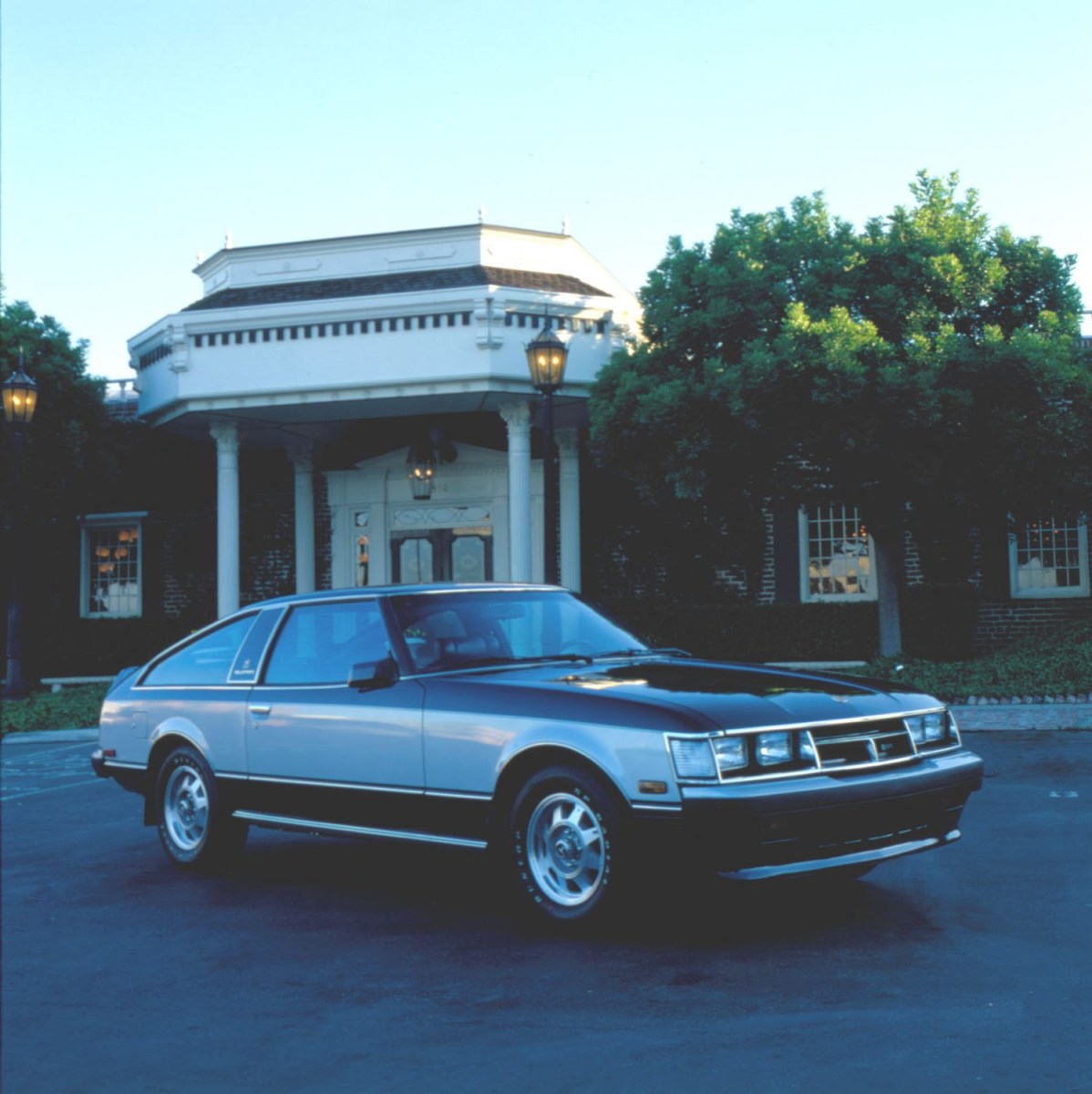
While the first Supra didn’t set the world on fire, the second did. The car got a complete redesign for 1982 and was now its own trim of the Celica. With the introduction of a new 2.8-liter straight six engine, it won Motor Trend’s Import Car of the Year trophy. It came in two flavors, L-Type and Performance, with the Performance trim getting wider fenders, wider wheels and tires, and sporty interior.
By this point, Toyota knew it was on to something and started putting more effort into R&D for the Supra. In 1986, it got a new 3.0-liter liter for the last half of the year and even more creature comforts, like leather trim.
The third Supra: 1987 to 1992
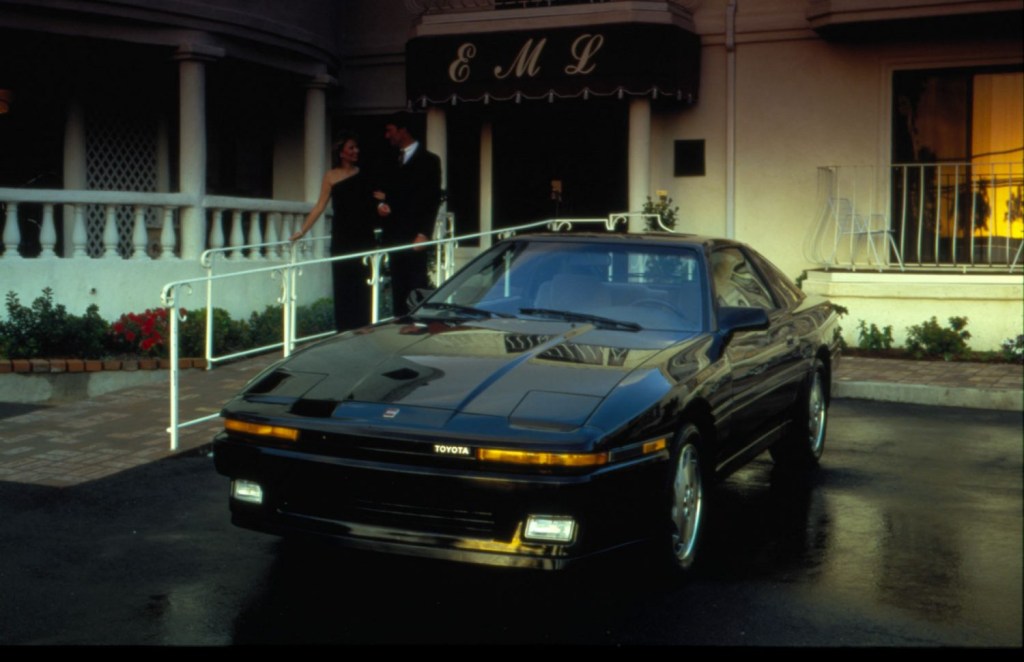
Toyota finally understood that the people buying a Supra didn’t want a Celica. So, it became its own model. That 3.0-liter straight six engine was now slipped into a much more slippery car that looked better, and had a full range of luxury features. These are downright comfy, fast, all-day grand touring cars that also go fast. This generation Supra also got an optional turbocharger that further boosted horsepower.
In 1987 it became the first Toyota to get antilock bakes and a turbo at the same time. And, in true 1980s fashion, the car got a lift-off targa top called the Sport Roof for open-air driving.
The fourth Supra 1993-1998
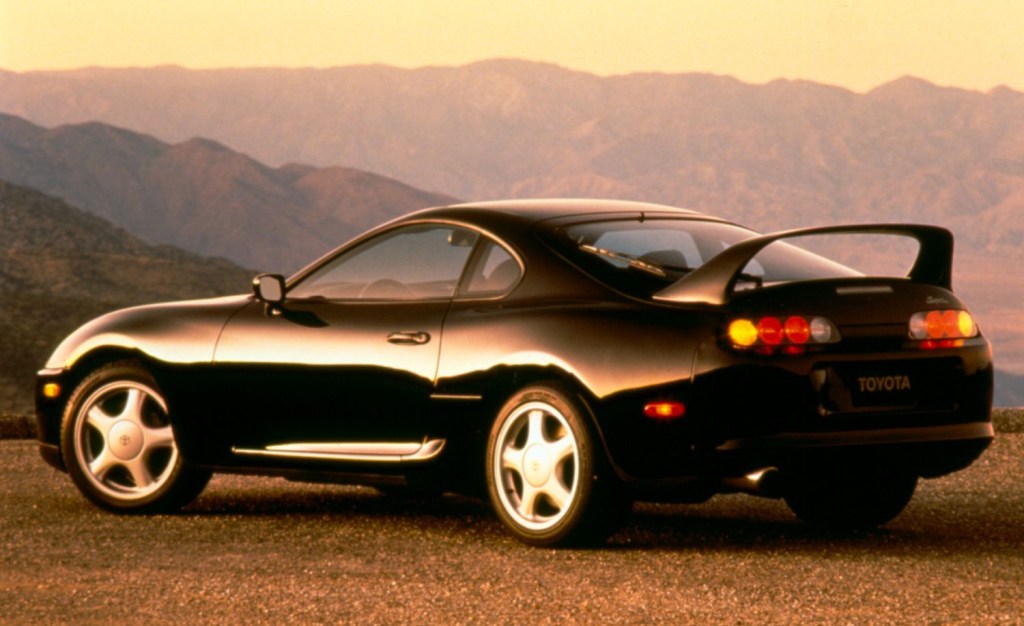
The early 1990s were a golden age of Japanese performance cars with the new Nissan 300zx Turbo and the Mitsubishi 3000GT VR4 snagging headlines. Toyota decided it could play that game, too, and it launched a new Supra in 1993 that came in Turbo and non-turbo configurations, and with advanced styling that still looks fresh today. And, who can forget the GIANT wing that must have made going through a car wash a nightmare.
In 1994, the car won one of Popular Mechanics magazine’s Design and Engineering Awards. At the time, Toyota did everything it could save weight on the car, including switching to carpet with hollow fibers and other tricks. But, there was a weird hiccup. Toyota killed the manual six-speed transmission in 1996 due to emissions regulations. Then, in 1997, it came back, making the 1996 the only year that could only come with an automatic. Today, it’s a seriously collectible car.
In 1997, the car got a minor facelift with new headlights and taillights, as well as a special 15th Anniversary edition. But, evolving emissions regulations continued to plague the car, and California cars could not be ordered with the hot turbocharged motor.
Fun Fact: that giant rear wing was hollow, to save weight.
Current GR Supra: 2020-today
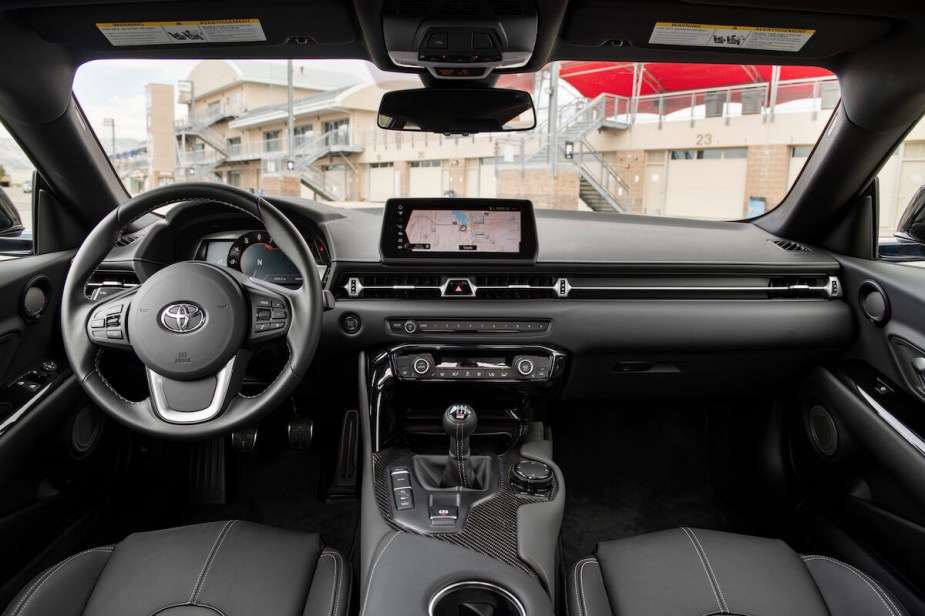
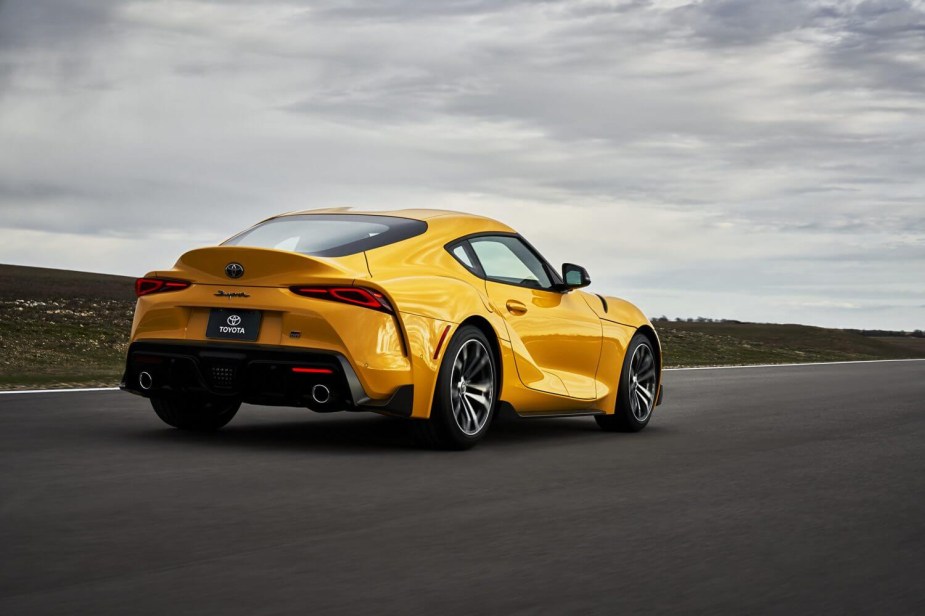
Today’s Supra, called the GR Supra for Gazoo Racing, carries a sports car feel that no previous Supra has. It launched in 2020 alongside the BMW Z4, which is made on the same assembly line. Supras today are seriously quick, with 0-60 times in the high three-second range, for models with the 335 horsepower (now 382 horsepower) six-cylinder. Inside, it’s a mix of Toyota and BMW parts, with the most obvious BMW bit being the shifter.
The 2023 Toyota Supra now comes with either a 2.0-liter turbocharged four-cylinder or a bigger six. Huzzah: for 2023, you can get six-speed manual gearbox. Unfortunately, the new Supra lost one thing that the old ones always had: a back seat.


